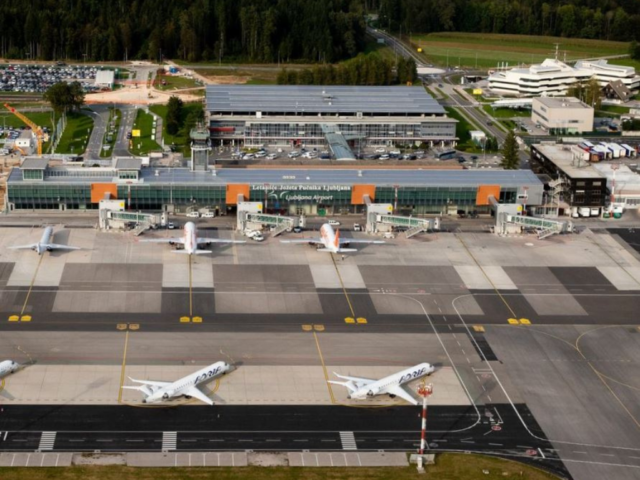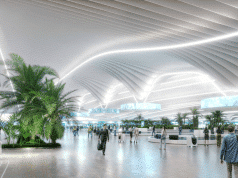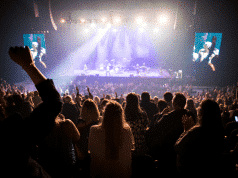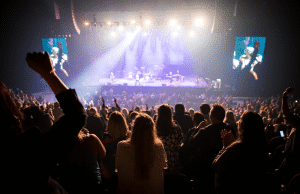Municipality of Ljubljana recently adopted a tourism development strategy for Ljubljana and the Ljubljana region for the period 2021 – 2027 to position Ljubljana as the leading and most creative city destination for a sustainable lifestyle in the world.
This year has been (and still is) extremely difficult and challenging for tourism. Therefore, it is of utmost importance to have a plan to further develop tourism as a significant industry, taking into account its great social importance, said Petra Stušek, MA, director of Tourism Ljubljana. “This year’s gloomy short-term forecasts have eased after careful consideration and examination of new scientific and professional findings. With the document, however, we are also looking ahead, towards the time when tourism will restart. And it will restart for sure. That is why we must be prepared for those times.”
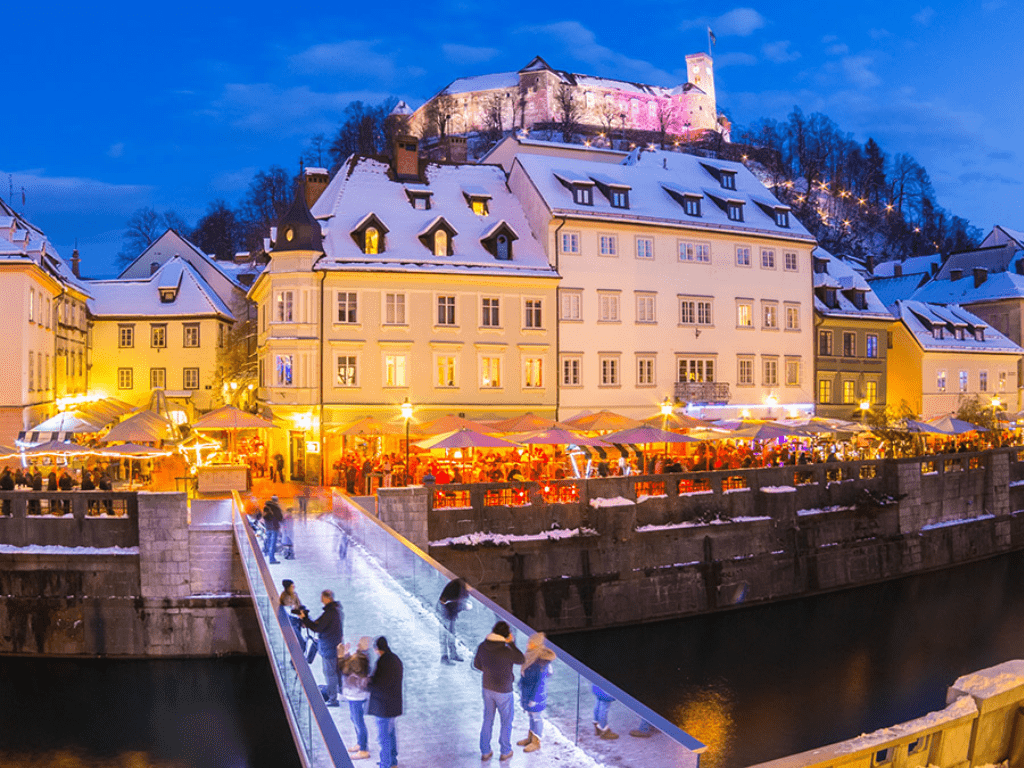
The strategy builds on the findings that Ljubljana has created enviable development results in the previous strategic period, so it makes sense to continue on the foundations such as ensuring the coexistence of local people and tourists, diversification of tourism outside the city center, following the principle of sustainability and tourism development, which leads to higher visitor consumption.
Concern for sustainability remains crucial. With this strategy, Ljubljana Tourism is also committed to developing a sustainable model for planning and implementing tourism projects. Much has been done in this area in the past, “but we still see a lot of potential for further development,” emphasizes Petra Stušek, MA. Thus, the strategy also defines a number of sustainable initiatives, such as the Ljubljana Breakfast, efforts for as little or no waste as possible (zero-waste), tourism without disposable plastic, green concierge and others.
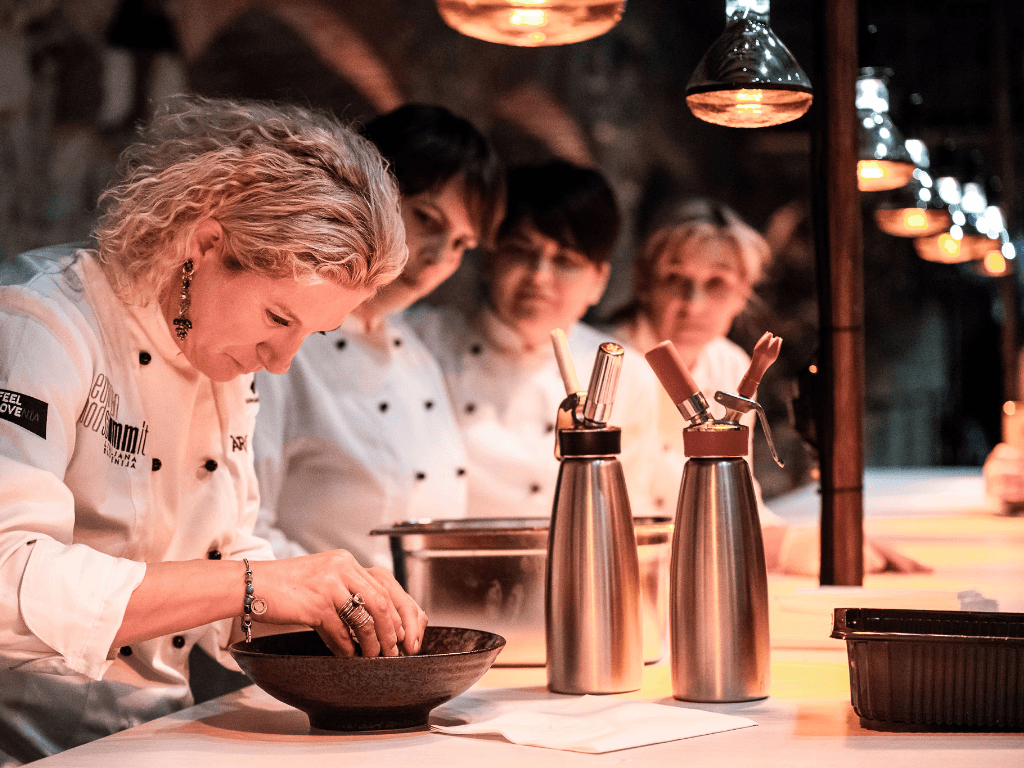
In the case of soft content, the strategy continues to develop and upgrade the most important tourist products, ie city break and business tourism or MICE, which together generate 95 percent of demand; the remaining five percent is generated by gastronomy, culture, events and sports. “We believe that this relationship will change in the next strategic period,” said the director of Tourism Ljubljana. “In congress tourism, we may make some adjustments, as it is not yet clear whether this segment will recover relatively quickly or will recover the slowest and largely move online and in the form of hybrid events.«
With demanding quantitative goals set by 2027, the strategy deals with projections and setting measurable and realistic goals. They predict the growth of overnight stays by 12 to 14 percent per year and a full recovery with 2019 figures is forecast for 2025. Among the quantitative objectives, the strategy still highlights air transport as the success of business tourism, the guest of which spends 3.5 times more than the leisure guest, depends on efficient direct air connections. At the same time, the need to revitalize rail transport and improve accessibility by rail, which is also a key EU direction, has been emphasized in the strategy.


